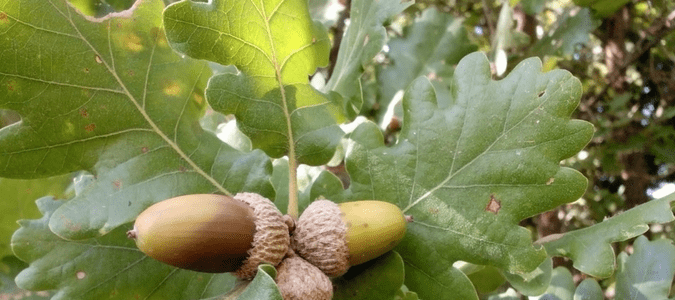25 Organic Gardening Tips
1. Mulch your flower beds and trees with 3″ of organic material – it conserves water, adds humus and nutrients, and discourages weeds. It gives your beds a nice, finished appearance.
2. Mulch acid-loving plants with a thick layer of pine needles each fall. As the needles decompose, they will deposit their acid in the soil.
3. The most important step in pest management is to maintain healthy soil. It produces healthy plants, which are better able to withstand disease and insect damage.
4. Aphids? Spray infested stems, leaves, and buds with a very dilute soapy water, then clear water. It works even on the heaviest infestation.
5. Compost improves soil structure, texture, and areation, and increases the soil’s water holding capacity. It also promotes soil fertility and stimulates healthy root development.
6. Look for natural and organic alternatives to chemical fertilizers, such as the use of compost. Our use of inorganic fertilizer is causing … Read Full Post »
